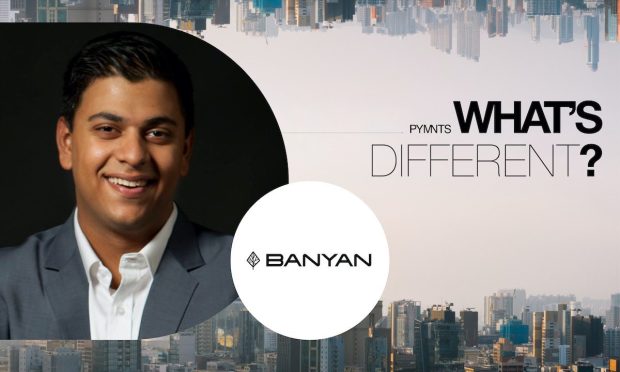Data Helps Banks Monetize Item Level Receipt Data and Become Top of Wallet

PYMNTS asked business leaders for their take on how to plan for the rest of 2023, and what they are telling their teams to focus on. Jehan Luth, founder and CEO at Banyan, said his firm is focused on item-level data, which enables banks and merchants to link promotional offers.
Maintaining clear business expectations is hard amid the worst inflation in 40 years, ongoing supply chain issues and looming recession. These harsh realities make it easy for businesses to get distracted. But at Banyan, we’re focused on delivering our core infrastructure that helps banks and merchants unlock better card payment experiences in today’s and tomorrow’s economy.
Banking on Top of Wallet Spend Requires Item-Level Data
Consumers and businesses have cut back on big-ticket items but more so on everyday expenses in today’s economic climate. For consumers, it’s trying to save on household grocery, drug, and convenience purchases. For small and medium-sized businesses (SMBs), it’s being more efficient with marketing budgets and finding solutions for tackling technology and data priorities in a resourceful way.
Banks and merchants that want to compete for top-of-wallet spending share can’t use a blanket approach to offers, loyalty and rewards — these must be relevant and compelling for what, not just where, consumers are shopping. Banks and merchants, however, usually can’t connect the dots between card transactions and merchant purchase receipt data to tailor card-linked offers (CLO) to customer needs. Our 2022 research with PYMNTS revealed that only 4 in 10 banks and FinTechs use item-level data for most of their operations. But modern, innovative businesses are getting more aggressive here.
Personalizing CLOs to Capture Revenue Targets
Item-level data enables banks and merchants to link promotional offers to consumers’ purchases (e.g., food vs. fuel at a gas station). This intel can fuel more personalized offer constructs from merchants, including driving traffic to specific categories or higher-margin products. A more granular, precision level of data helps banks and merchants understand how their CLO programs get customers to shift more transaction volume to their cards. A deeper level of reporting allows marketers to attribute revenue to CLOs better and allocate campaign spend more efficiently.
BCG estimates that every $100 billion in a bank’s assets can generate as much as $300 million in revenue growth through personalized customer interactions. They also report that two-thirds of consumers want their banks to be more like Amazon — guiding them to better-value items relevant to their shopping desires. CLOs underpinned by item-level data offer insights on further innovating products and designing tailored promotions and experiences that bolster loyalty among consumer and SMB customers.
The Offer’s on the Table
We know item-level data works whether the economy is bullish or bearish. The real opportunity for banks to gain top-of-wallet spending engagement is overlaying item-level data to create more relevant offers specific to everyday categories and items. Certain banks, merchants and CLO program providers might also require customized data infrastructure capabilities to enable adoption of item-level data offers.
As we look ahead to the rest of 2023, I expect to see banks and merchants work more closely together to serve their joint customers. And the right infrastructure partner can enable a faster, more tech resource-efficient path to unlocking revenue opportunities.

